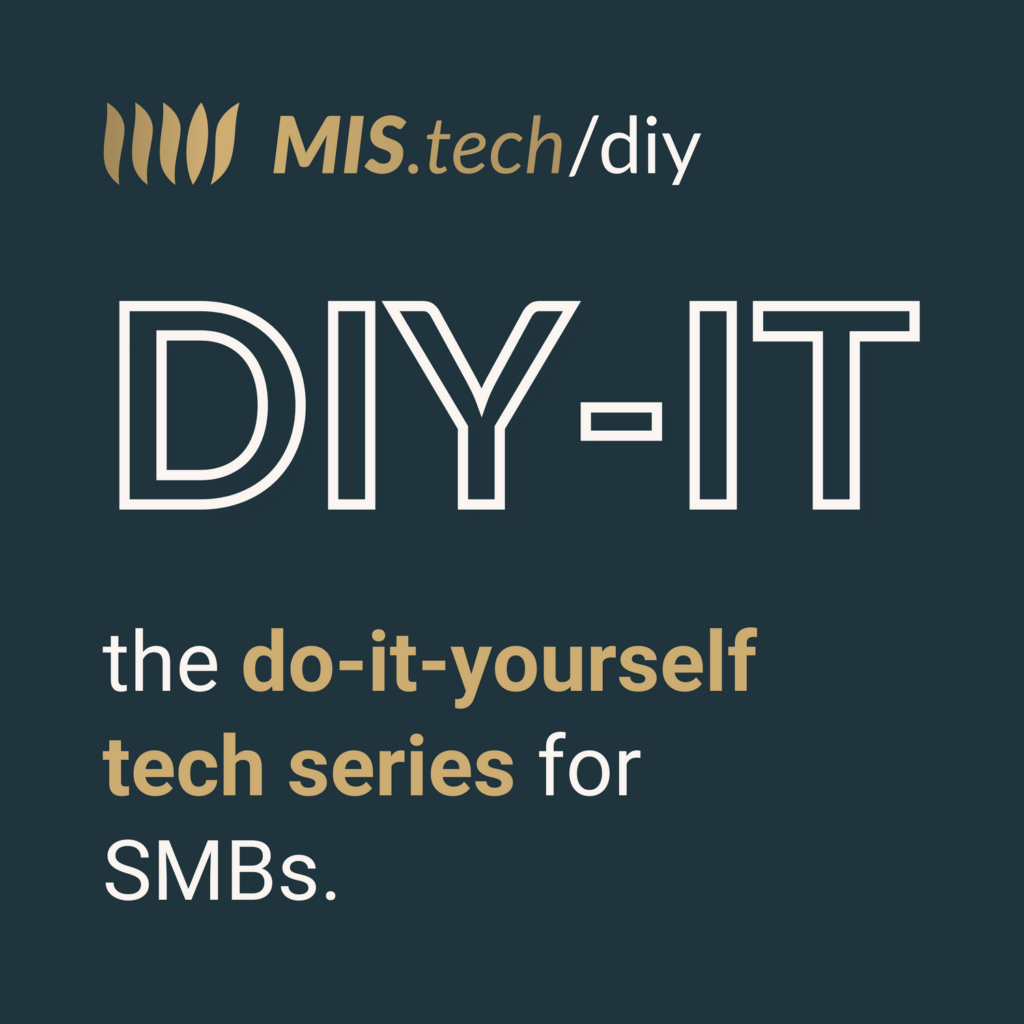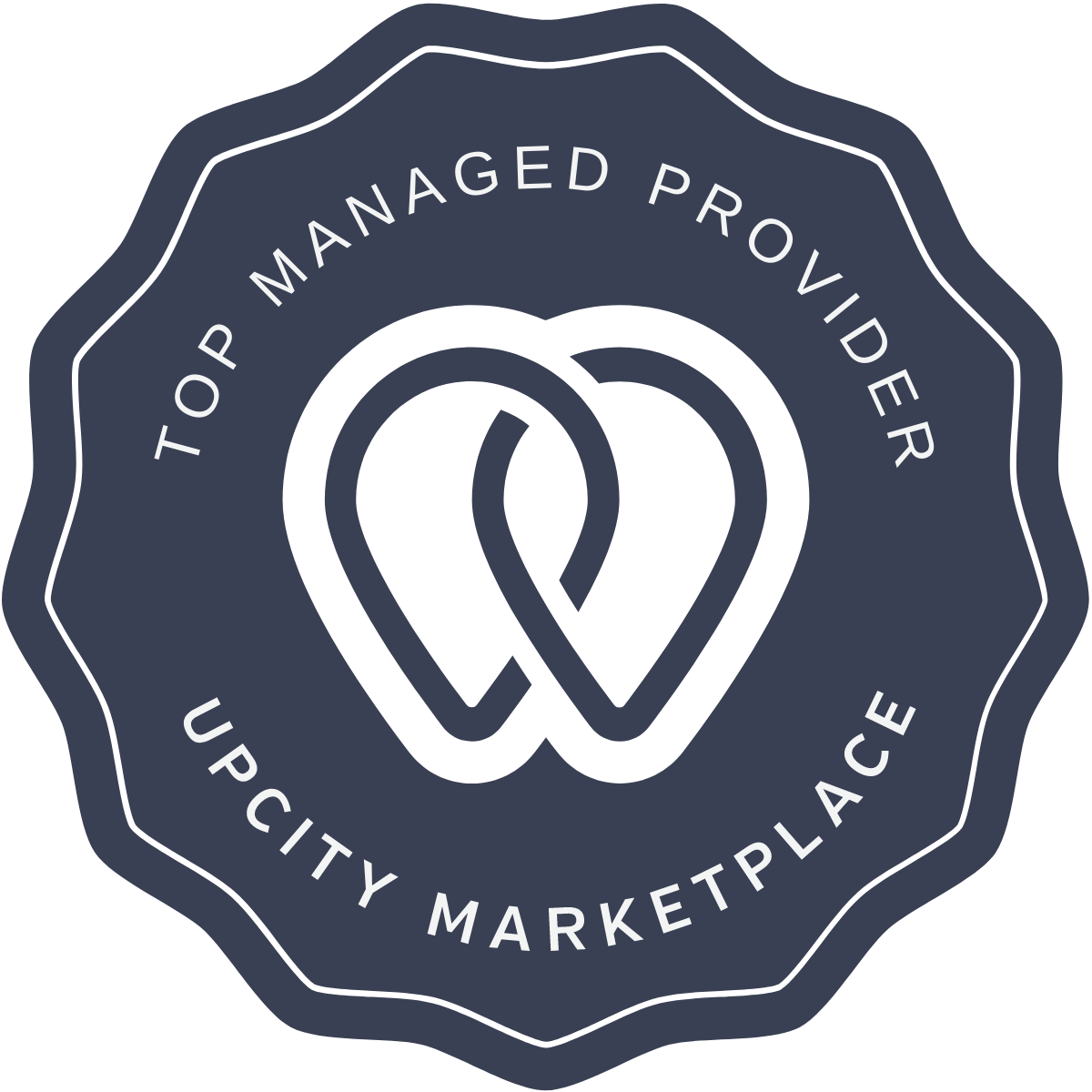The necessity of IT service management (ITSM) must be emphasized in today’s digital age. Now that modern businesses are going digital, there is a greater need for IT frameworks for process management. Consequently, companies that select the proper ITSM infrastructure provide unique digital experiences for their customers and employees.
So, what exactly is IT service management, and how can it impact your business? Which approach to ITSM can you leverage to make a company’s operation more efficient? In this article, you’ll understand all you need about ITSM and discover the answers to these queries. Let’s get right in!
Understanding IT Service Management
Our world is tech-driven, and businesses that will thrive must find a way to keep growing using tech advancements. There must be a management system for your company’s service at all times to ensure lasting success—which is precisely what ITSM serves. In simple terms, ITSM is a strategic approach to handling IT service delivery to your customers.
What is IT Service Management?
IT service management refers to the processes and activities that help an organization plan, operate, and manage its IT needs. ITSM tools work closely with ITIL (Information Technology Infrastructure Library) techniques to ensure a consistent service operation. The ultimate goal is to adopt best practices that align with your business objectives while meeting the needs of your customers and employees.
Importance of IT Service Management for Modern Businesses
Having considered ITSM, let’s identify some primary importance of ITSM tools and processes to modern firms:
- ITSM ensures operational efficiency by improving a company’s workflow.
- This service strategy provides structured management, improving team members’ productivity.
- ITSM can help companies reduce spending by automating work procedures and manual processes.
Benefits of Implementing IT Service Management
Adopting IT service management tools has many benefits that can help improve service delivery and ensure continual service improvement. Here are some significant advantages:
- Standardized and Streamlined Operations: ITSM implementation helps businesses streamline workflows by standardizing its tools, processes, and policies.
- Improved Scalability: Scalability is the ability of a business to increase its output to meet growing demands. Implementing ITSM frameworks makes it easy for organizations to remove or add IT tools that help create scalable procedures in the long run.
- Greater Operations Visibility: Users of ITSM processes have better visibility into their business operations. This makes it easy to predict and solve potential issues before they become serious.
ITSM Processes
IT Service Management Processes guide organizations to provide efficient and effective operations management policies. They also ensure the business makes necessary changes and updates for a more refined service experience.
Overview of ITSM Processes
ITSM processes take different forms, depending on the ITSM framework. Nonetheless, the following are some core IT service management processes:
Incident Management Process
Incident management involves the daily identification, analysis, and resolution of a company’s service interruption. This process aims to maintain service quality and ensure business continuity.
Change Management Process
This process involves monitoring and managing changes to an IT system to minimize risk. It includes practices like prioritizing, approving, scheduling, and executing these changes.
Problem Management Process
Problem management determines and controls an IT incident’s potential or root cause. This step includes basic measures like investigating, analyzing, and recording observed errors to prevent a recurrence.
Service Request Management Process
The service request management process describes implementing ITSM tools to manage customer, vendor, and employee service requests. Under this procedure, ITSM teams serve as service desk or help desk agents to quickly receive and resolve users’ requests.
ITSM Frameworks

ITSM frameworks include a collection of processes and best practices to manage and support a company’s IT services. These frameworks help define a business’s operation technique to provide value while maintaining efficient service. The widely popular ITSM framework is the Information Technology Infrastructure Library (ITIL), with the most recent version, ITIL 4.
What is ITIL (Information Technology Infrastructure Library)?
ITIL is a framework that regulates the management, improvement, and maintenance of a company’s IT service throughout its life cycle. Irrespective of modifications made to your business, ITIL ensures that your ITSM aligns with your company’s aims and objectives.
ITIL processes include
- Continual service improvement,
- Service Design,
- Service Operation,
- Service Strategy,
- Service Transition.
However, the recent version 4 of the ITIL framework further includes the four dimensions model, made up of;
- Information and technology
- Organizations and people
- Partners and suppliers
- Value streams and processes
Other ITSM Frameworks
Apart from ITIL, there are other commonly used ITSM frameworks, and they include the following:
- COBIT (Control Objectives for Information and Related Technologies)
- DevOps
- ISO 2000
- Six Sigma
- The Open Group Architecture Framework (TOGAF)
- MOF (Microsoft Operations Framework)
- Enhanced Telecom Operations Map (eTOM)
- Federated IT Service Management (FitSM).
ITSM Software and Tools
ITSM software and tools help companies monitor their IT service provision to customers and IT service providers. It also ensures that the ITSM strategy they choose helps them manage the network and services of their IT devices productively.
Overview of ITSM Software and Tools
ITSM software helps to achieve organizational management, growth, and transformation. As such, you should know that many options are available for your business. Whether you want a standalone tool or a platform software, there’s something for you.
Popular ITSM Software and Tools
ITSM tools have many features, including incident management, service desk control, and change management. However, purchasing a software application that suits your organization’s demands is vital for the desired outcome. The following are some popular tools for enhanced IT support and their features. Check them out to locate one that matches your needs.
- ServiceNow IT Service Management

ServiceNow ITSM is a one-stop-shop platform that makes it easy to collaborate and make intelligent decisions for your business. The software features incident management, change management, problem management, configuration, and knowledge management features. It also has an extensive help desk feature and comprehensive Reporting and Analytics elements.
- ClickUp

This is a single cloud tool where ITSM teams can organize, plan, and collaborate on work. Instead of the time-wasting process of switching between ITSM tools, ClickUp’s project management and dashboard tools are all-encompassing. Furthermore, you can easily assign using the inbox feature tasks and communicate with the team using the inbox feature.
- Freshservice

This software empowers businesses to be efficient, fast, and productive. You can quickly track and execute projects using the integrated project management feature. You also get consistent business results while having visibility into your cloud and on-site infrastructure.
- NinjaOne

NinjaOne has device management, remote access, task automation, ticketing, and software all in one place. The robust platform increases team productivity because tasks can easily be tracked. It’s simple to use, and it makes workflow easier to manage.
Features to Consider in ITSM Software and Tools
Choosing the right ITSM software and tools is essential, especially regarding your service desk software. Your service desk is the bridge between the users and the IT team. Simply put, it is a core foundation of ITSM. Before selecting an ITSM tool, ensure it meets the following criteria:
- Easy to set up: Your ITSM tool should be easy to set up and use. It should have a way to guide you on its use. Furthermore, it should have a self-service feature where you can request help, search for information, and monitor progress on issues.
- Allows Collaboration: One thing that defines IT service management is collaboration. As such, you must choose software that makes it easy for developers and ITSM teams to interact for faster resolution.
- Flexible: A good ITSM tool must be flexible to support modifications or changes you come up with to achieve your goals. It should also be simple to manage and deploy.
Enterprise Service Management

Enterprise Service Management uses ITSM principles to improve a business’s internal processes and service delivery. Core features of ITSM, such as problem, incident, change, and service request management, are maximized to boost a business’s performance.
Understanding Enterprise Service Management (ESM)
Enterprise service management solutions are strategies that extend from ITSM practices, focusing more on an organization’s internal workings. These practices make it easy for business-centric teams to have better service delivery. ESM uses tools like IT workflows to aid the management of teams like legal, facilities, finance, and human resources (HR).
Benefits of Implementing ESM
ESM has much value to add to an organization’s operation, and every business owner needs to be informed of its benefits. These benefits include
- Reduced operating costs, greater efficiency, and effectiveness.
- Workload reduction and efficient self-service
- Greater visibility into performance and operations.
- Better collaboration and communication within the company.
- Improved service delivery and customer experience.
- Better control and governance.
Examples of ESM Implementation
An excellent example of an ESM implementation is when employees use online platforms and apps to request copies of their pay stubs, ask for time off, or apply for a new role within the organization. BambooHR is a great example.
Also, let’s assume that repairs must be made to a facility within the organization. ESM allows employees to easily submit this request so that the appropriate quarters are informed to fix it. The progress of every party concerned can be tracked and monitored using ESM tools.
IT Service Management vs Other Service Management Approaches
IT service management focuses on improving a company’s control of its IT delivery. This fact implies that other organizational processes that need to be IT-inclined might not be effectively catered to. Other service management approaches can be used alongside ITSM for well-rounded results. We’ll briefly examine the difference between ITSM and other service management methods.
Differences between IT Service Management (ITSM) and ServiceNow IT Service Management
Although IT Service Management and ServiceNow IT Service Management have similarities, they were developed to meet different organizational needs. Let’s outline some of the differences between these two processes.
- Self-Service Options: ServiceNow ITSM allows customers more control over their case management problems. They can research solutions to their queries and connect with support teams via a portal where necessary. On the other hand, ITSM self-service is handled by staff to improve the customer experience.
- Centralized Database: ServiceNow ITSM provides customers access to a central repository to access incident data. However, ITSM allows team members to create tickets in the leading portal. Afterward, analysts track, control, and generate reports on incidents.
ITSM vs. Other Service Management Approaches
ITSM was designed to accomplish specific goals for IT business. However, there are other available service management approaches that differ from ITSM. Here are two other popular service management methods and how they differ from ITSM:
- ITSM vs. ESM: ITSM focuses on an organization’s IT service delivery. On the other hand, ESM is implemented in other non-IT processes like customer service, human resources, or resource procurement. Additionally, ITSM is technically oriented, while ESM is business-oriented.
- ITSM vs. ITOM: IT operations management (ITOM) describes controlling an organization’s technological applications and components. While ITSM focuses on how the business’ IT team handles service delivery, ITOM monitors IT things like facilities, capacity management, and security management. Furthermore, ITSM aids in the resolution of issues, while ITOM helps to reduce operational costs.
Choosing the Right IT Service Management Solution
Every business wants to improve its workflow for overall growth. However, only some organizations will achieve their goals using the exact service management solutions. Before choosing an ITSM process, ensure it has the necessary functionality and features.
As an IT service provider, conduct a thorough and objective assessment of your organization’s status. Then, choose a solution that will boost your operation. Make an efficient and effective decision that upholds the value your business offers.


